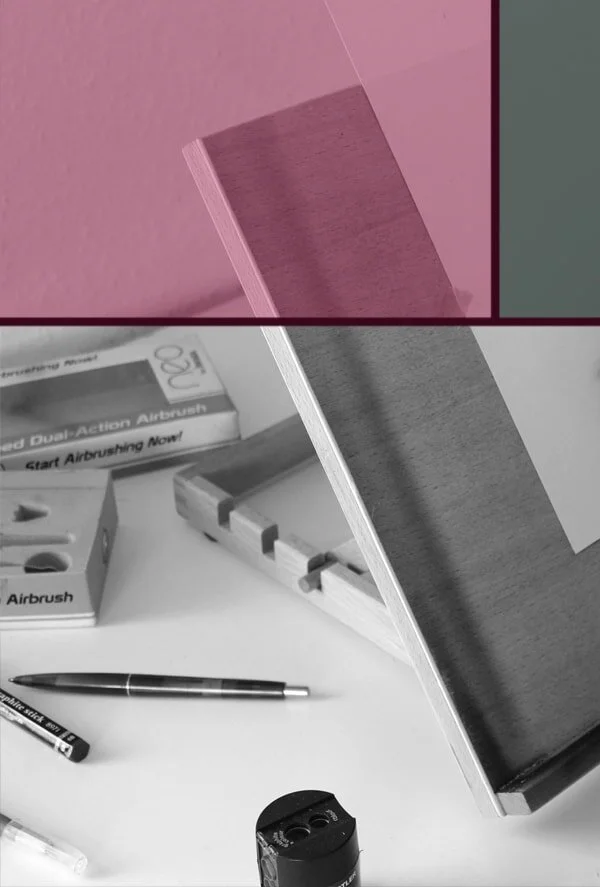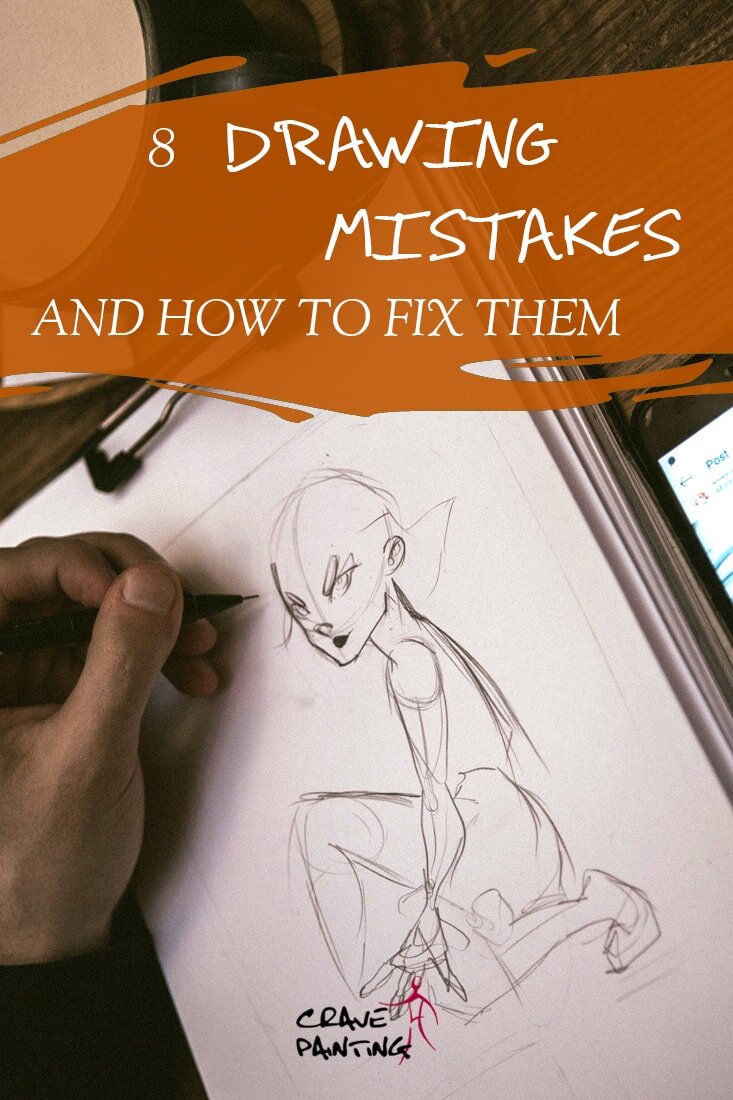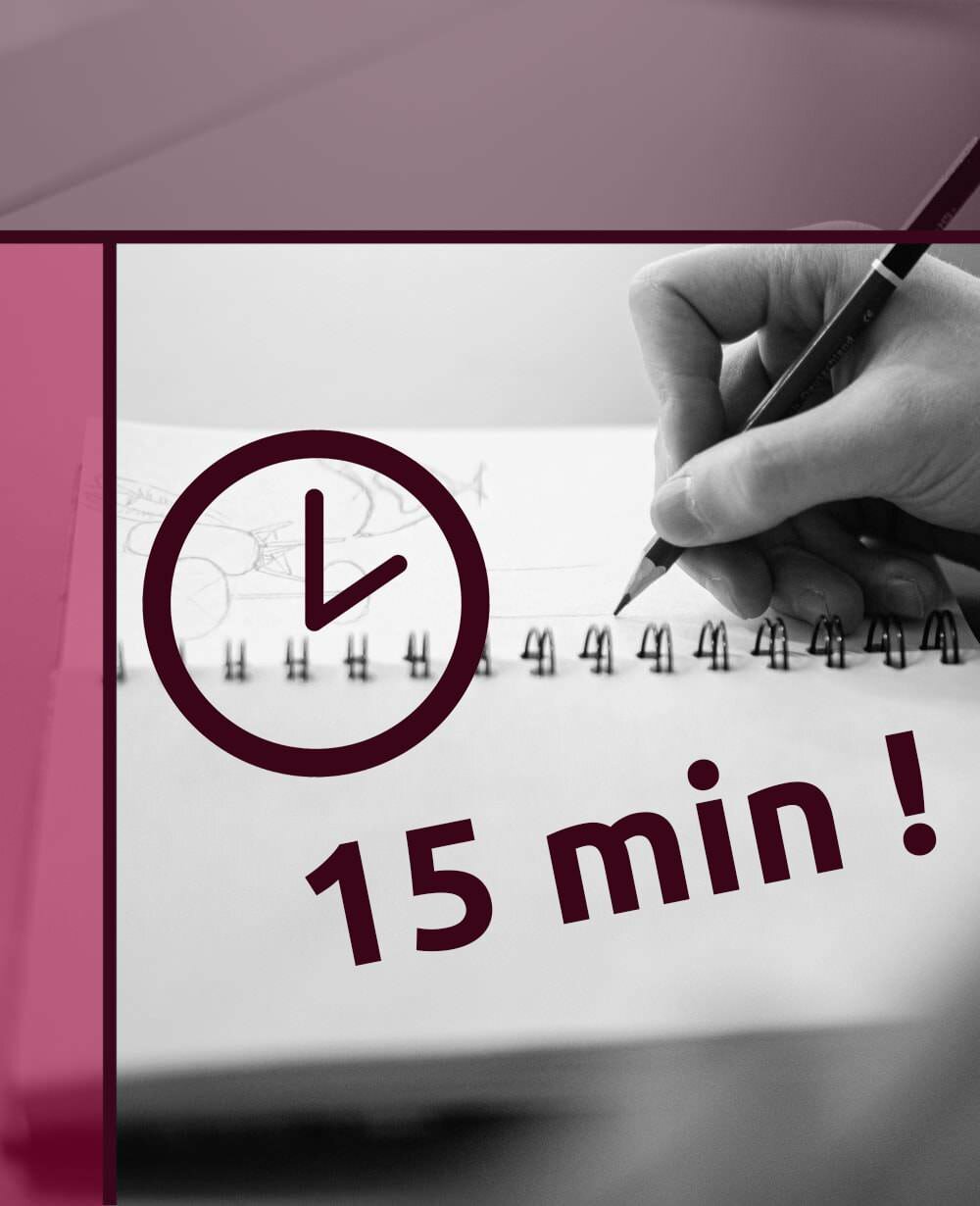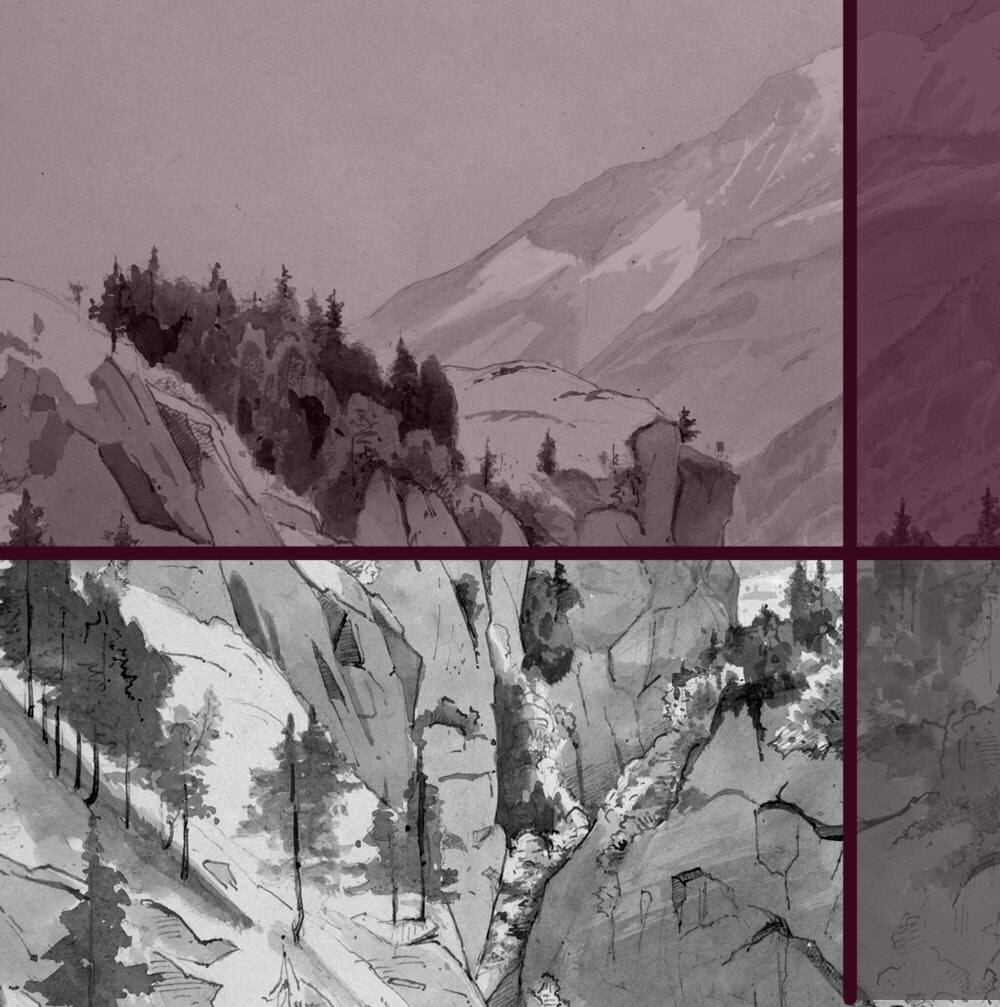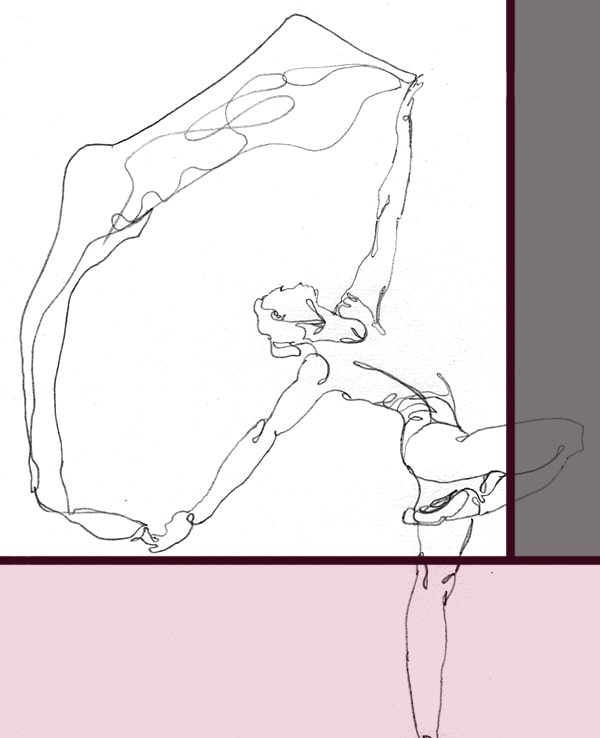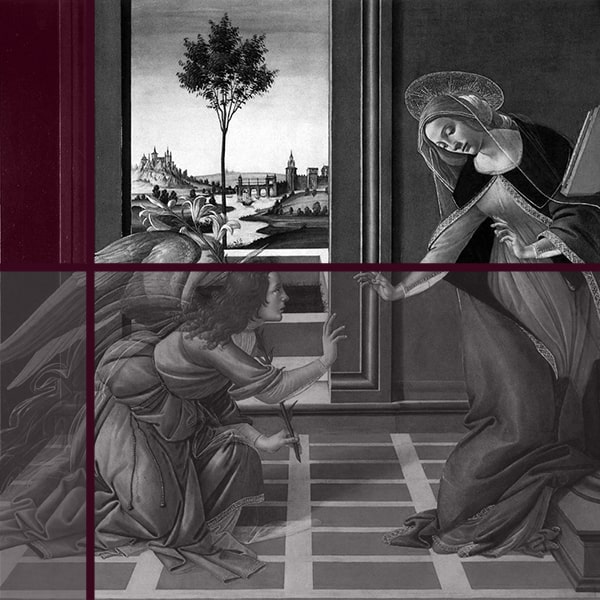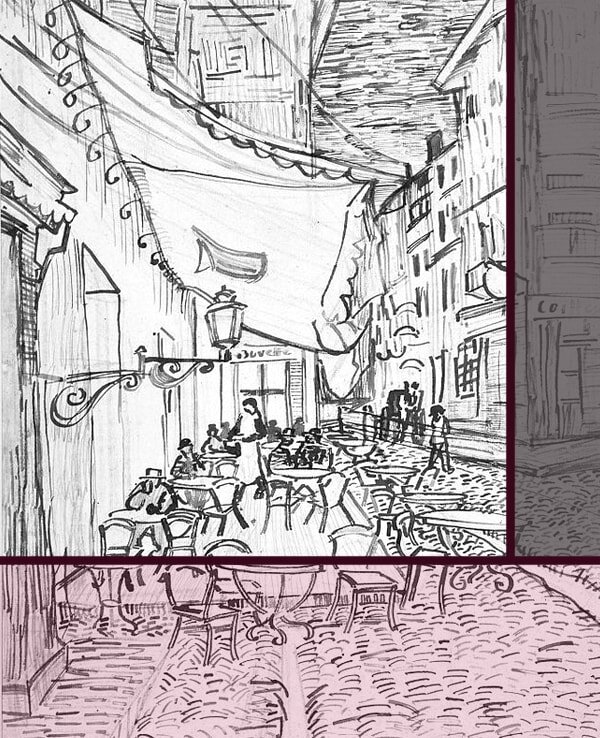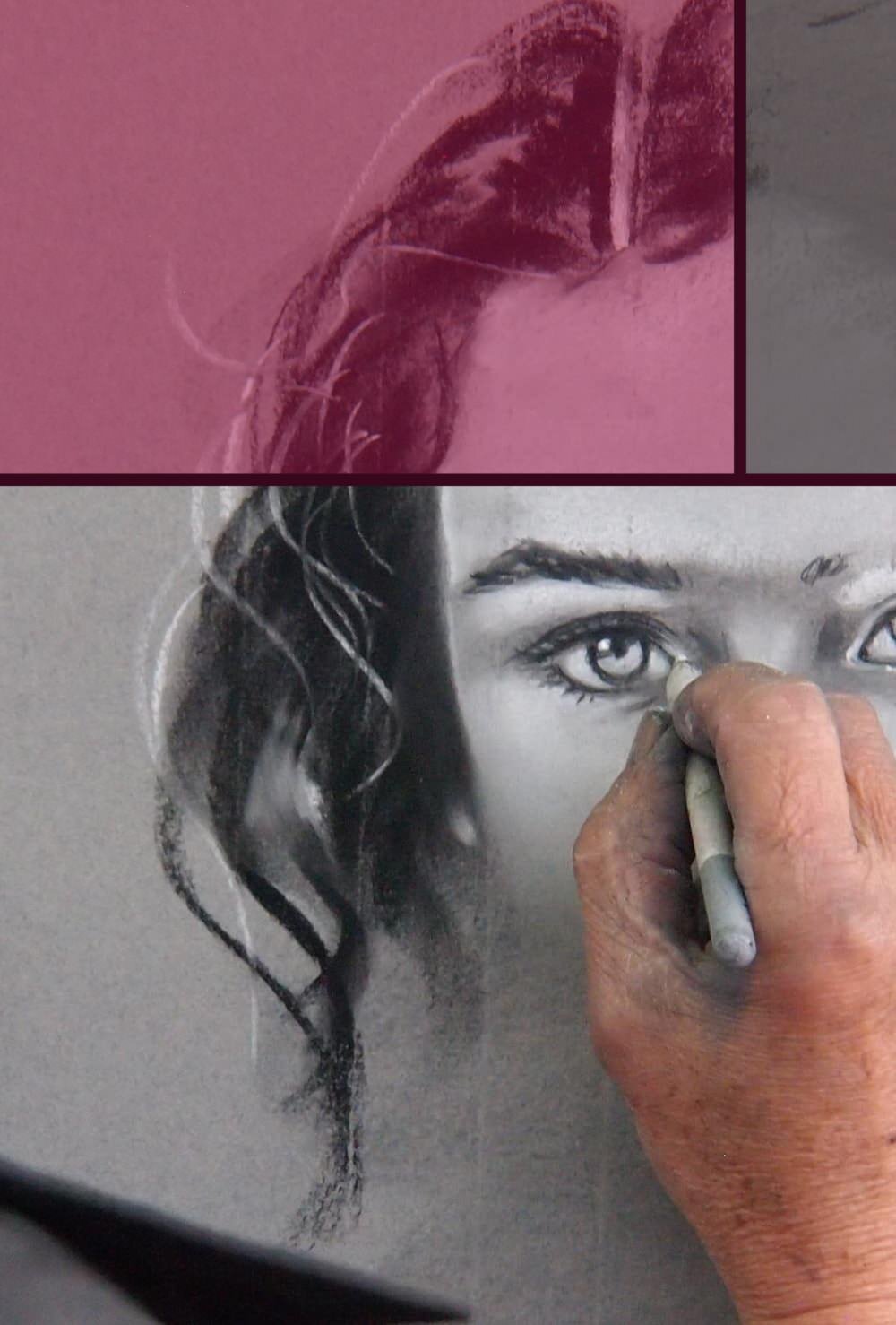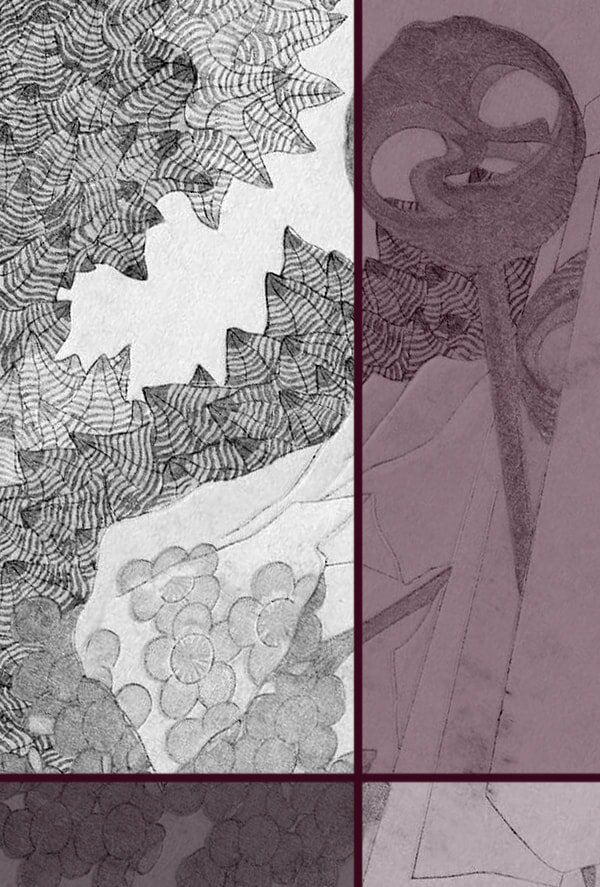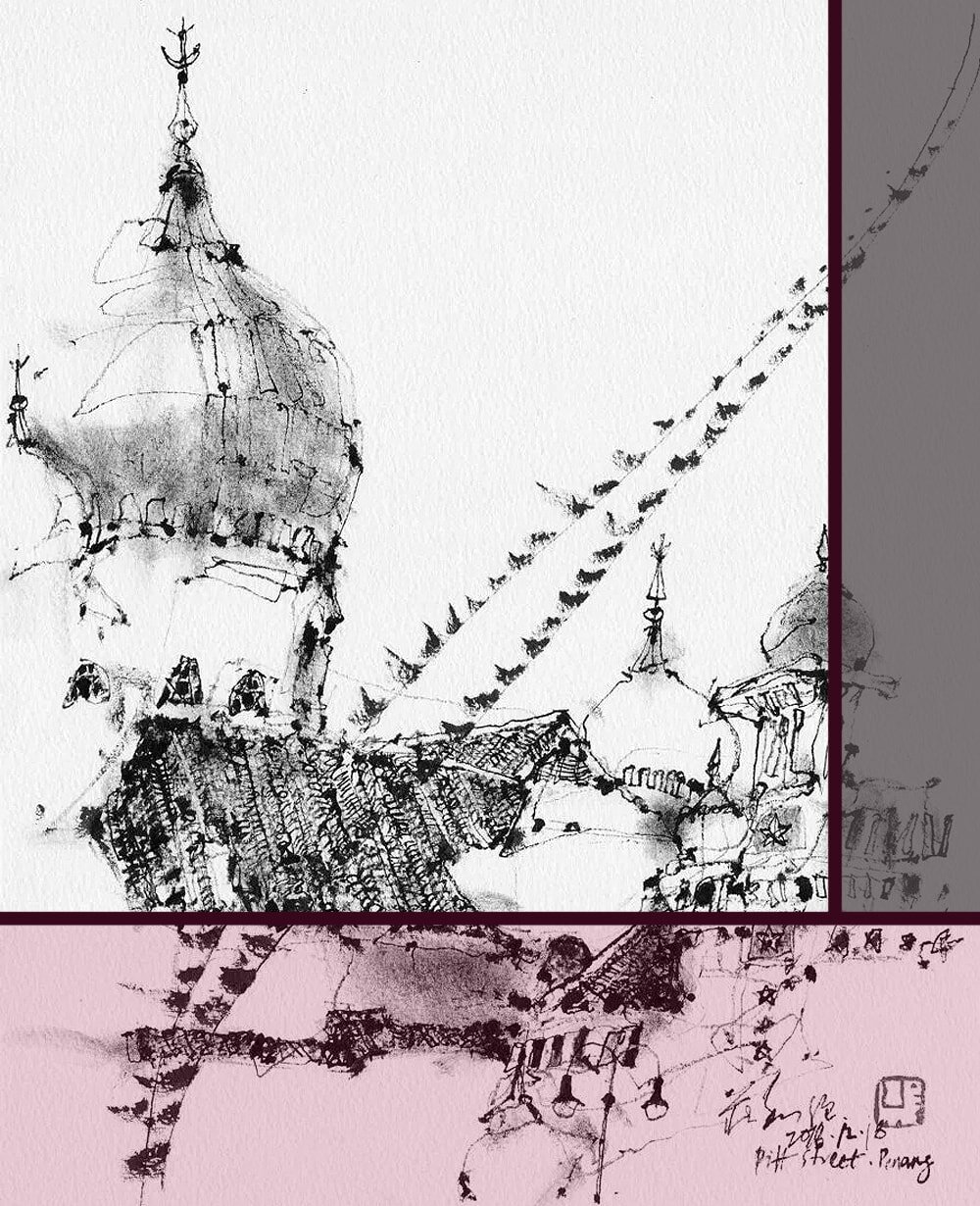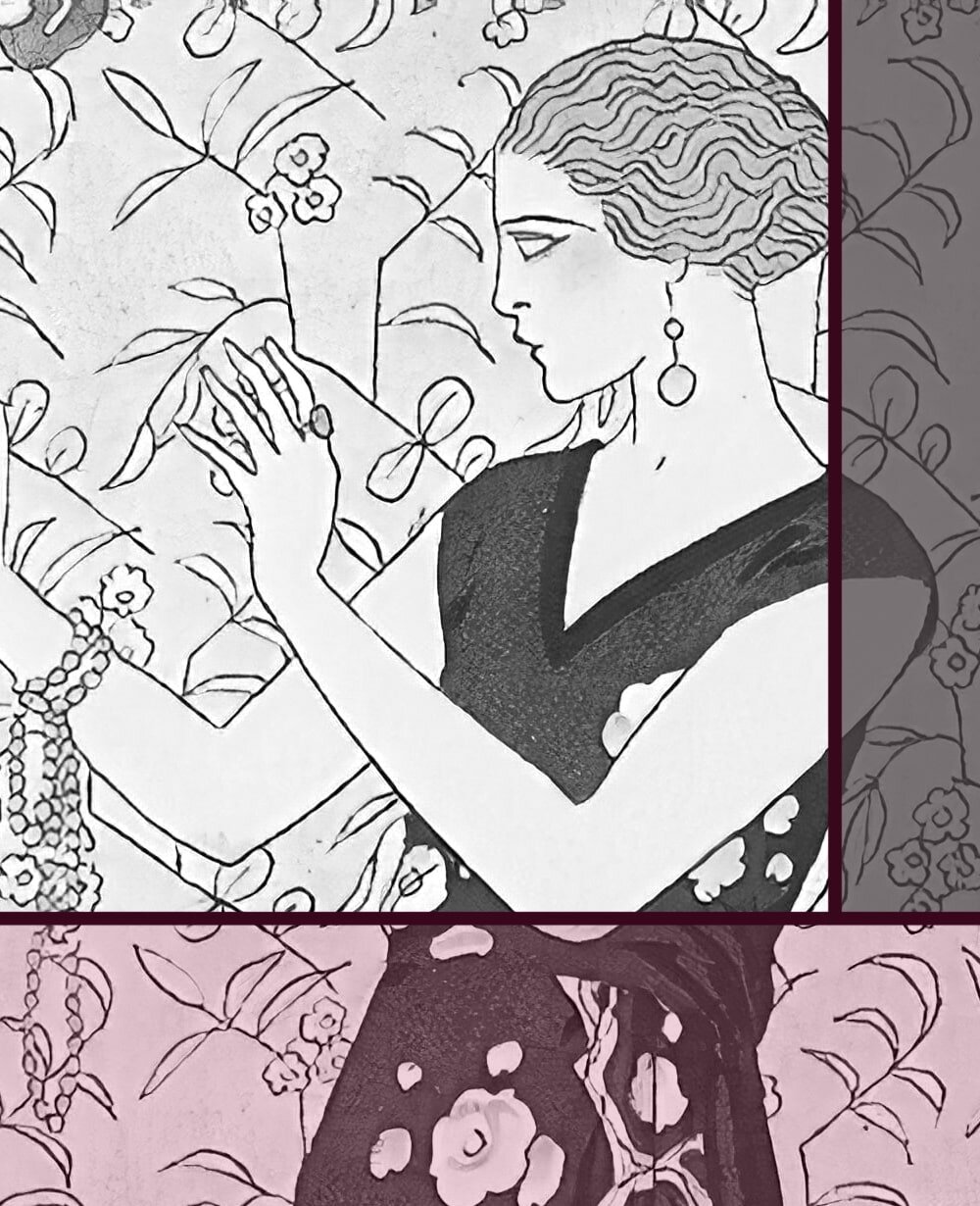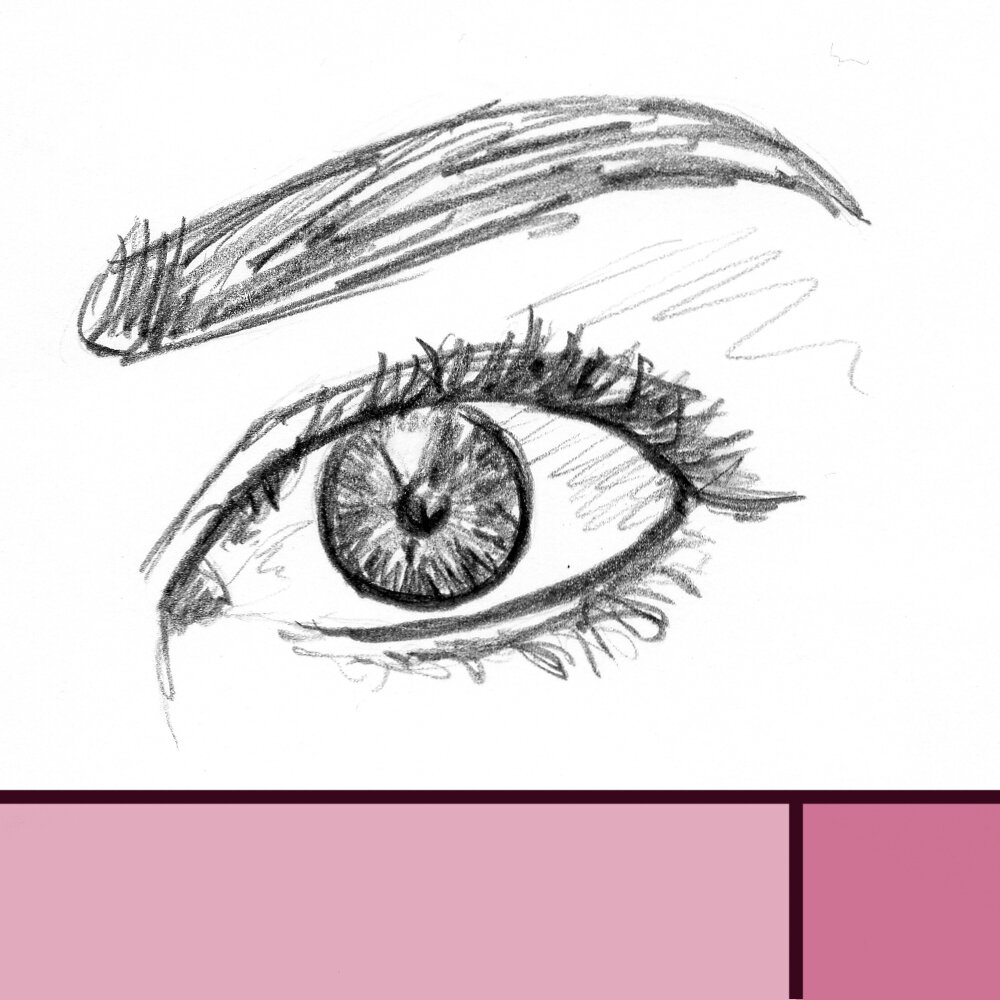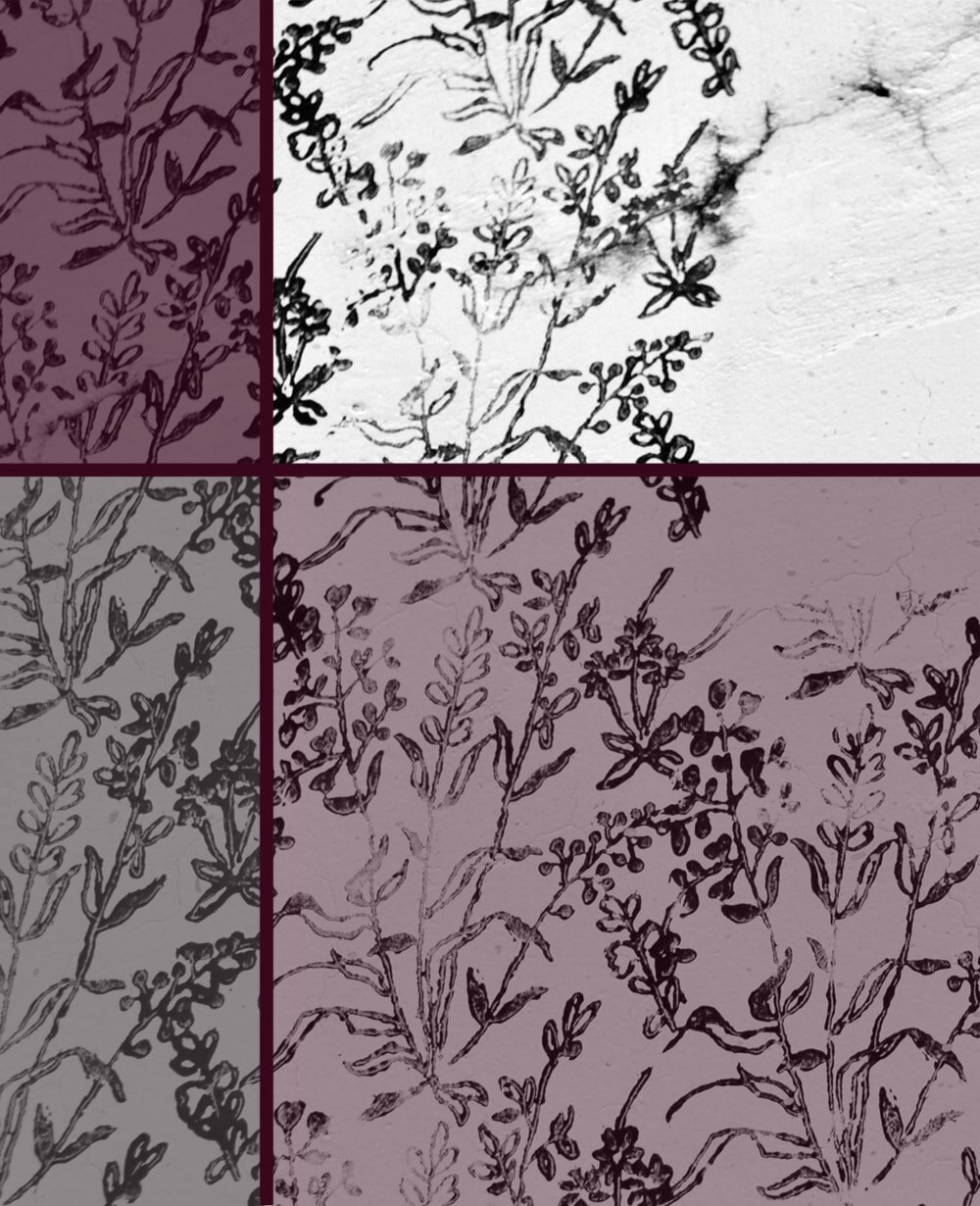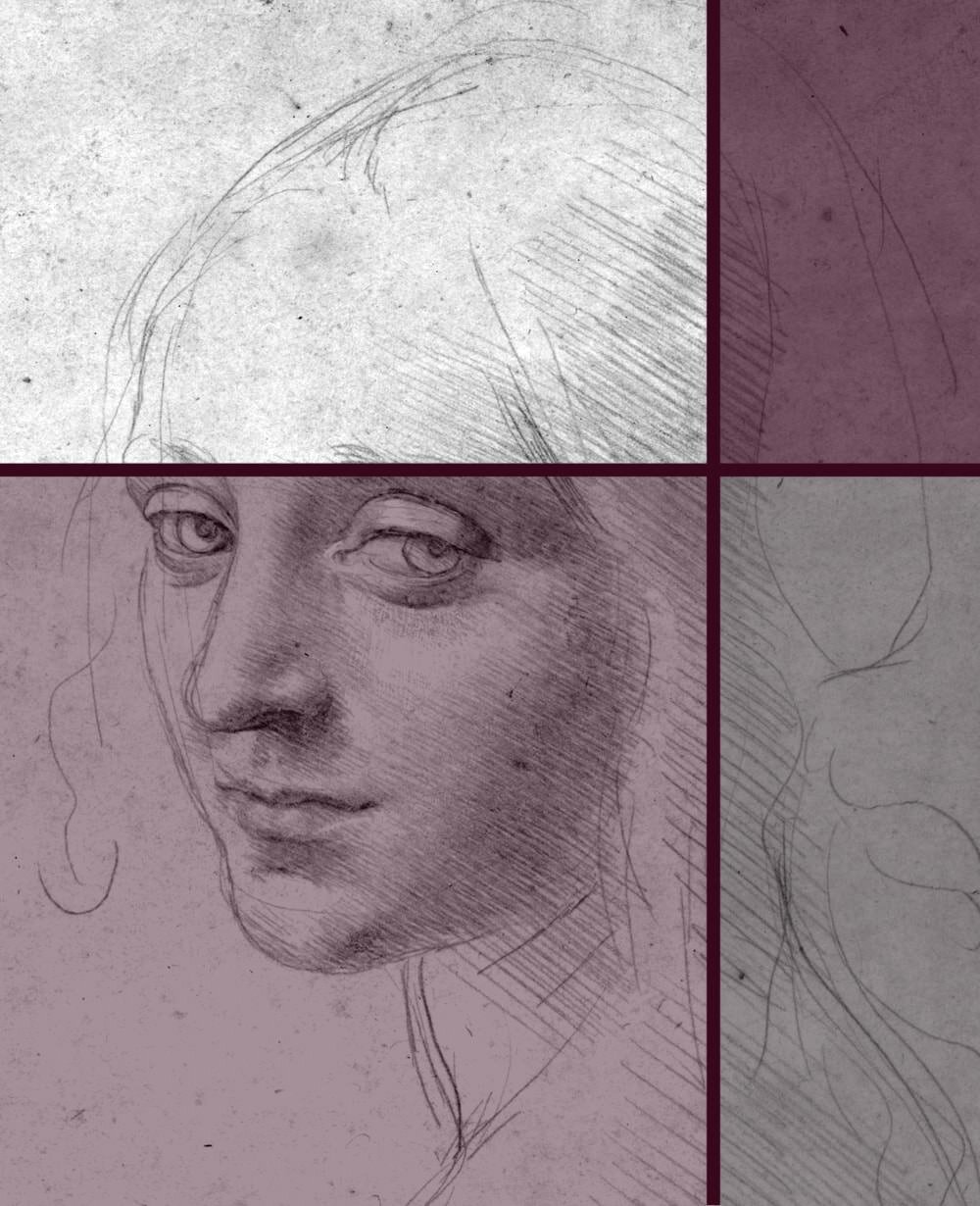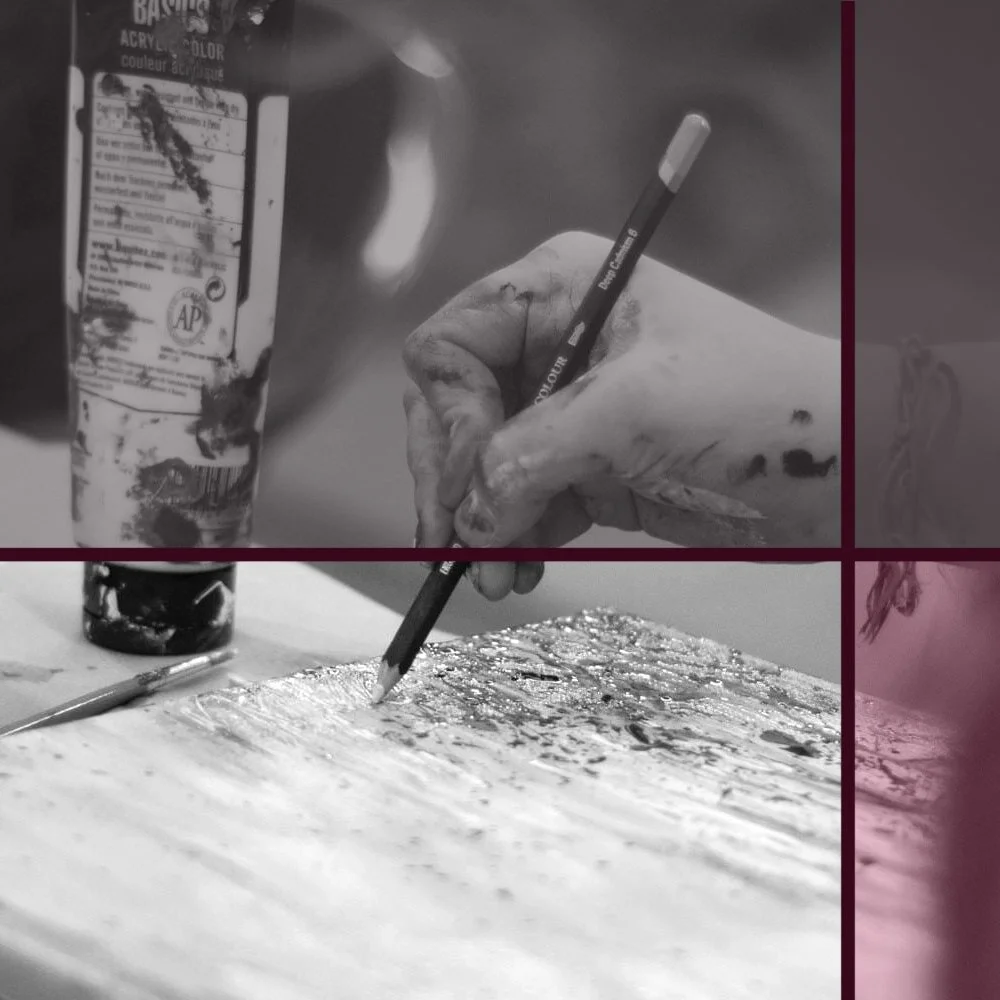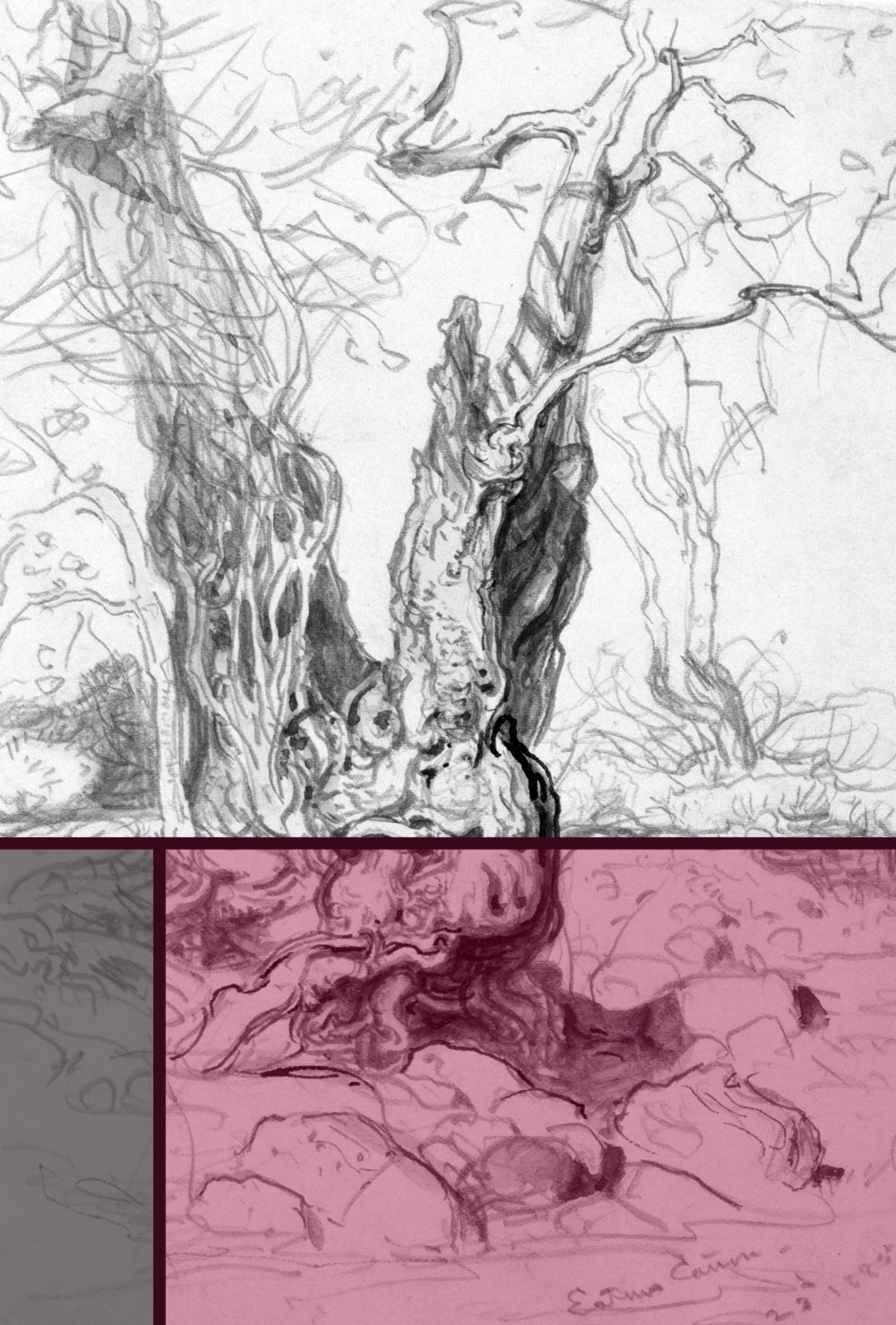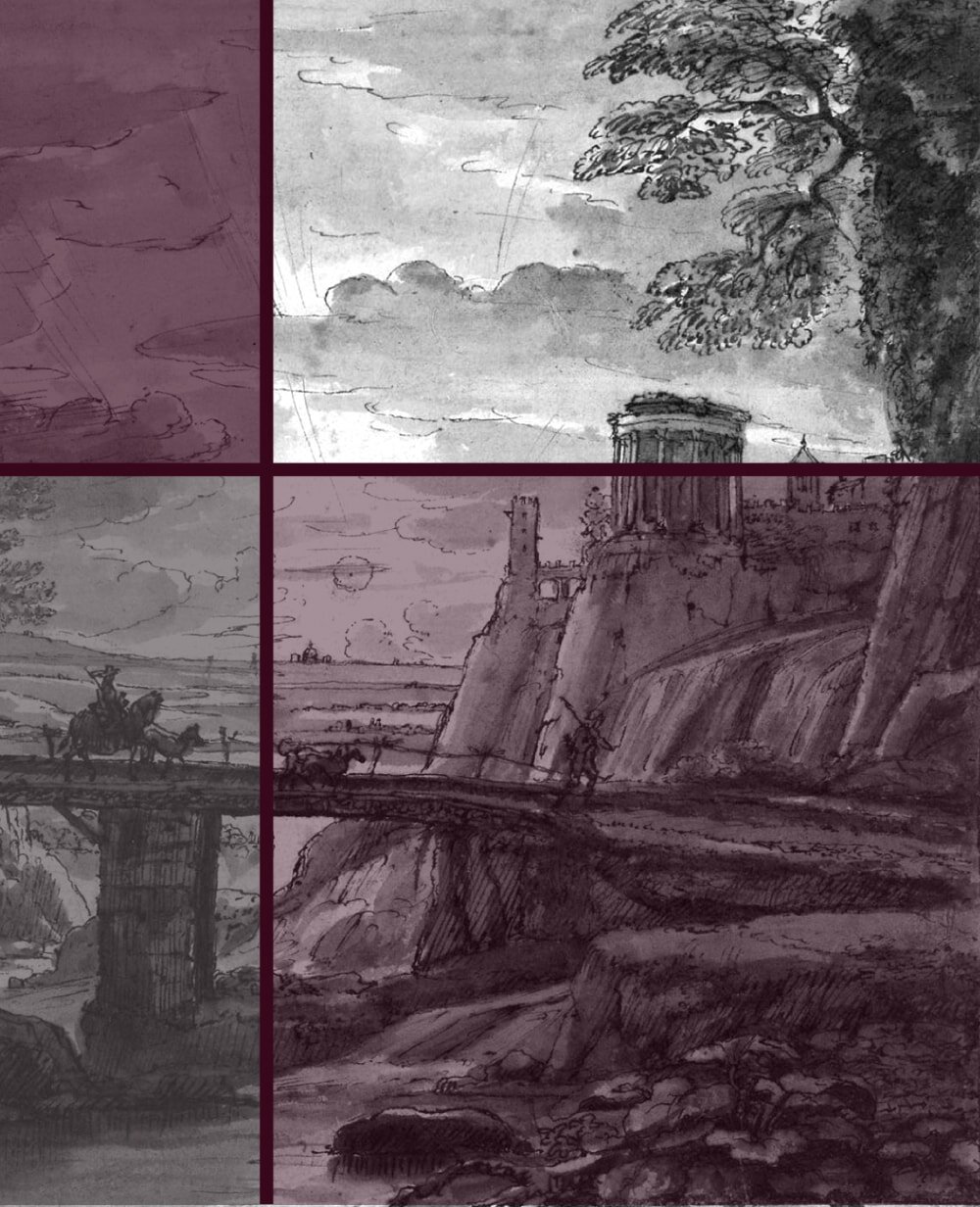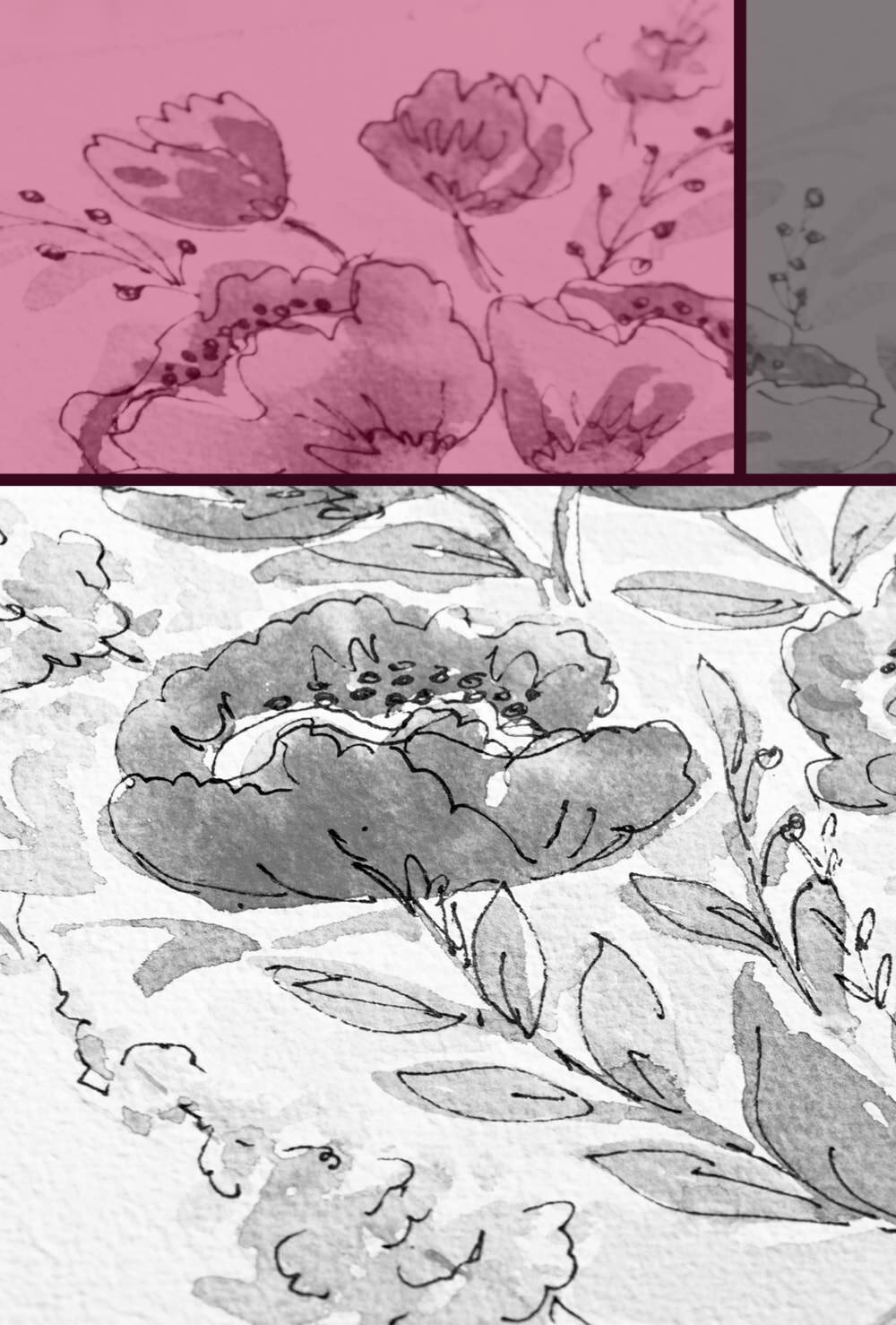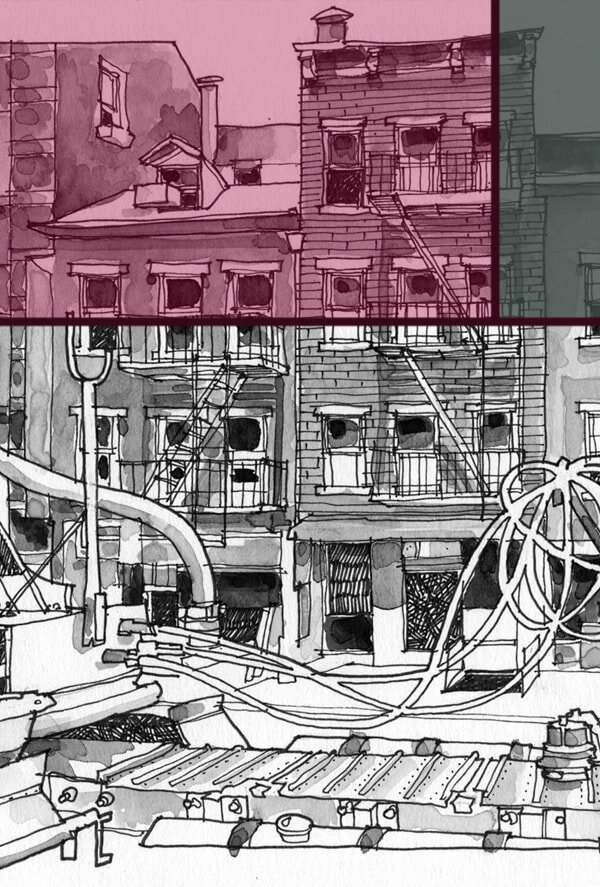8 Drawing Mistakes you're probably Making (And how to Fix them)
When we’re not making as much progress as we’d like it’s not always easy to figure out what we’re doing wrong.
Luckily there are a couple of frequently made mistakes that are quite easily corrected, once you’ve identified them. You’re not alone out there getting stuck, so here’s a list of the most common problems that most artists faced at some point or another.
1 You draw for others
Not creating it for yourself is the number one reason when you mess up any kind of artwork. Nothing stands in the way of concentration, progress and excellence in the arts more than your own mind. And the moment you are drawing to ‘exhibit’ things usually start to go wrong.
An exhibition doesn't always mean hanging your images up in a gallery. Especially not in our time and age. You exhibit when you post your work to Instagram or Pinterest, when you add it to your portfolio, when you show it to your friends.
And while all these things can be a part of being an artist (professional or hobbyist alike), they can also cloud the mind and ruin a drawing before it has even started.
Nothing stands in the way of good artwork more than your own mind.
In fact, there's a word for this in many languages, such as the "Vorführeffekt" in German: Something will not work when someone's watching, even though it usually does when one is alone.
And while no one might be physically watching you draw (or paint, or sculpt), the fact that someone will definitely see the piece when it's finished can lead to the same problem and all your lines will be wonky or all your proportions wrong.
Because your mind will be too busy hoping for a good outcome to relax and actually concentrate on the here and now.
Or, as the wise Nobutada said: "Too many mind. Mind the sword, mind the people watching, mind the enemy. Too many mind".
2 You're starting with the advanced stuff
Most people I know got into drawing because they wanted to draw a portrait of someone. Or draw something from their imagination. I'm no exception. I attempted portraits before I had even learned how to shade. And that's perfectly fine.
Just that most of us then don't think about taking a step back and starting from the beginning when they decide to stick with their new hobby. And that's a mistake.
If you start and continue with the advanced stuff it'll take you so much longer to make progress, because there are just a lot of very basic things you'll either not know about or have to learn ‘the hard way’.
Most of us got into drawing because they wanted to do the advanced stuff. The trick is to not shy away from taking a step back and continuing with something easier instead.
While in life as well as in the arts it's important to challenge yourself every now and again, setting challenges that are so impossibly high you're unlikely to reach them isn't going to make you grow.
When you try to draw a life-like portrait and you keep correcting it and still nothing looks like it should it's going to be unnecessarily demotivating.
Instead, once you've decided that drawing is for you and you'd like to stick with it go back to the beginning.
There's absolutely no shame in drawing still lifes for a bit, to get to grips with foundation principles like shading, perspective, measuring. Trust me, these techniques are much easier to grasp and improve upon with ‘simple’ subjects.
In the end, sometimes to go forward you must go back.
3 You're not using a style you're passionate about
As with all things in life, you're much more likely to excel at something if you enjoy doing it. Quite often we're using art materials we don't particularly enjoy, simply because it's what everyone's using, what we started with or what the books tell us to use.
And that's such a waste. If you always draw with pencil (because that's the main thing people use to draw, right?) but aren't particularly passionate about it, sooner or later you'll lose interest and possibly quit altogether.
When, indeed, had you tried out some other materials you might have realised that you just absolutely adore working with charcoal, or pastels.
Some of us like to go all detailed and meticulous with pencil, others prefer the unrestrained feel of ink, or the expressionist feel of charcoal. And some of us like every single one of these.
Drawing should be fun, not another chore to do when you get home from work. Do what feels right to you.
Then of course there's the thing about your style and choice of subject. People (including the art community) can be so very judgy. And too often we let this influence our own personal decisions.
This may include snide remarks on why you always draw abstracts, perhaps it's because you don't have any talent? Or someone may question why an artist your age spends his time drawing manga characters, or why you draw nothing but pretty butterflies.
Don't listen to them. In order to learn drawing in general I encourage you to go through several kinds of subjects, such as still lifes, landscapes and portraits, just because it's easier for you to learn the basics that way. But after that it's perfectly fine if you specialise on what you really fancy.
Our lives are busy enough as it is. The last thing we deserve when we come home after work is doing yet another thing that feels more like a chore than a hobby. Listen to yourself and do what feels right, not what others tell you you should be doing.
4 You spend too much time perfecting your work
I can't even count the times I've tried to "fix" a drawing that either wasn't worth fixing or didn't need fixing in the first place.
It's human nature to always strive for perfection, but since there is no such thing, we never seem to be completely satisfied. Which is good, because often it's that drive that makes us improve and produce more, better work.
But it can also get in the way of progress, and most certainly it can rob you of time and nerves if you overdo it.
Perfectionism can be an asset and help you improve, but it can also be the shackle that holds you back. Your call.
If you create a drawing and you can see some points that aren't right, by all means correct them. It’s part of learning to recognise mistakes and fix them.
But do set yourself a limit. If you find yourself randomly erasing parts of your drawing for hours on end until the paper starts to peel off, perhaps it's time to just let it go or start over.
One great way to truly finish a drawing is to sign it (and have a rule to never touch a signed piece again).
5 You don't draw regularly
Look, I'm not going to lie, I'm rubbish at following this piece of advice myself. But you really do need to start seeing drawing (or any art really) as an activity that needs constant practice, rather than something that you learn once and it'll stay with you forever.
It's like sports or learning another language. If you break for more than a couple of days your muscles will start deteriorating and your tongue will have trouble forming the words correctly.
Drawing requires a certain way of seeing. It needs your brain to be able to translate what you see in a three-dimensional setting onto a two dimensional piece of paper. Your hands, also, need to be able to accurately render what your eyes see and your brain is translating.
Drawing is not like riding a bicycle. Your need regular practice or you’ll lose your skills.
Every drawing you make will enhance your visual memory, will make (and keep) your lines truer, your shading more accurate.
If you're serious about your hobby and really want to improve, you're just going to have to find some time for it every single week. Or better yet, every day.
If you have trouble finding the time for it, I've got just the post for you. It doesn't need much, even if you can only spare 15 minutes a day and then a bit more on the weekends that'll already make such a difference.
6 You don’t warm up
Have you ever noticed that your first couple of sketches of the day are always a bit off? The proportions are wrong, the linework is either too faint or too dark, and you just can't seem to get the simplest subject down correctly.
Once again the analogy stands, drawing is much more like sports that you might realise. And just like before a basketball match, a half-marathon or a dance class you're going to want to warm up for a drawing session. And that's the same for professionals and hobbyists alike.
As mentioned in my article about beating blank page syndrome in the arts, before you start with actual sketches of whatever subjects you have chosen for the day it's always best to warm up your hands, your eyes and your brain.
Warming up before a drawing session will save you a lot of frustration and is as much part of the process as sharpening your pencils.
I have written a post with 12 simple Warm-Up Exercises that will Transform your Drawing Practice, so you can get the best out of your next sketching session.
Regularly remind yourself that these are just warm-up sketches and they'll go straight into the bin when you're done. It'll take the pressure off and keep your motivation intact even if the first few of them are terrible.
7 You start with the details
I'm usually on the side of the "do it whichever way works best for you"-approach, but some things in drawing have a certain workflow for a reason.
So many of us, me included, are constantly tempted to go entirely overboard with the details of a new drawing before we've even finished the basic outlines. And that's just such risky business.
When you're drawing a portrait, what do you start with? I used to start with the eyes. One eye, to be exact. And in most cases I'd draw the most intricate details, shading, reflections, whathaveyou, before I even indicated the second eye, let alone the position of other facial structures.
And you know what happened? Something wouldn't work out with the image, the eye might have been in the wrong spot, or at an odd angle, and I would have wasted sometimes more than an hour on something that I then had to rip up because there was too much detail to fix it.
It is tempting to start perfecting a small fraction of your overall work before tackling the ‘bigger picture’, but it’s also almost always a mistake.
Thankfully, now I know the ‘proper’ workflow of starting a drawing. If like me you easily get carried away just remind yourself to draw very basic outlines first.
Luckily there’s a super simply 9-step workflow that you can follow, so you’ll never again realise you’ve messed up the proportions big time when you’re already been at it for an hour.
8 You don't get help
I have a confession to make: I hate going to drawing classes. I prefer to draw on my own schedule, in my own home, without tutors or other students ogling my work before I'm finished with it.
When I was younger, I didn't think I needed any help whatsoever to teach me to draw. I assumed it's something that'll just naturally develop if only I kept practising. But, spoiler alert: I was wrong.
What happened was that I wasted a lot of time making the same mistakes over and over and never getting much better because I had no one to help me figure out what exactly I was doing wrong and how to fix it.
It was only after I took some paid courses and went to art college that I started to become more confident and felt at least a little like I knew what I was doing.
Instead of spending an obscene amount of money on various drawing books (so one can make up for the missing or confusing parts of the other), or watching every single YouTube tutorial in the hope that you’ll find some gems out there, look for a professional drawing course.
Some things, drawing included, are simply best learned the ‘traditional way’, step by step, from A to Z, rather than some bits here, some bobs there.
And because we live in amazing times you don’t even have to leave your house for that, if you don’t want to! There are many good online drawing courses, with a tutor that leads you through the whole thing in a useful order, step by step, and teaches you the foundations you need to advance and build on them.
Top that up with some books or blog posts about specific topics you’re most interested in and perhaps the occasional weekend life drawing class or urban sketching walk and you’ll be on the right track to become that great artist you always wanted to be.
Did you enjoy this article or feel like you have anything else to add? Feel free to leave me a comment below!
If you like this post, please share it, so others may like it too!

